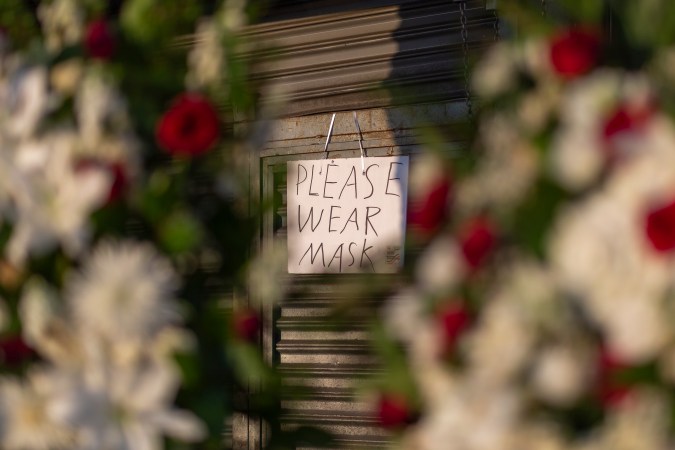Latinos Make up Nearly 50% of COVID-19 Deaths in CA; New ‘Safer at Home’ Order Is Not Enough to Change That

People mingle close to one another as businesses in the flower district in Skid Row reopen in time for Mother's Day on May 8, 2020 in Los Angeles, California. Photo by David McNew/Getty Images
For the last few months, Latinos in the United States have been disproportionally affected by the coronavirus crisis. A new study by UC San Francisco further confirms that California’s largest ethnic group, Latinos, are taking a hit.
According to the Los Angeles Times, Latinos made up 44% of those tested in the study, yet accounted for 99% of the COVID-19-positive cases in the Mission District area of San Francisco. The Mission District’s Latino population has been on the decline since the early 2000s, but they reportedly still make up at least 39% of the population, based on the latest American Community Survey.
Latinos also make up almost 50% of the state’s COVID-19 deaths of people aged 18 to 49, according to The New York Times.
On Wednesday, LA Mayor Eric Garcetti made face coverings a requirement. Community response on social media was mostly apprehensive. Meanwhile, over 100 health leaders are urging governors around the nation to do the same.


In addition, on Thursday, the stay-at-home order released earlier in the week for Los Angeles County was edited to loosen restrictions in a new “Safer At Home” public health order. The order is also now indefinite rather than set for a three-month period as initially explained. Details of the order, including which recreational facilities can reopen with limitations can be found here.
Essential workers will continue with (masked) business as usual. Latinos make up a big chunk of the essential workforce in the state of California.
We know Latinos are the minority group most impacted by the coronavirus, but to see specific data roll out from different predominantly-Latino communities is striking time and time again.

“None of us knew what the numbers would look like,” said Dr. Sonia Angell, director of the California Department of Public Health, to the LA Times. “But we know that this is going to disproportionately affect communities that have fewer resources, have higher rates of underlying disease. That’s the reality of inequities in our country.”